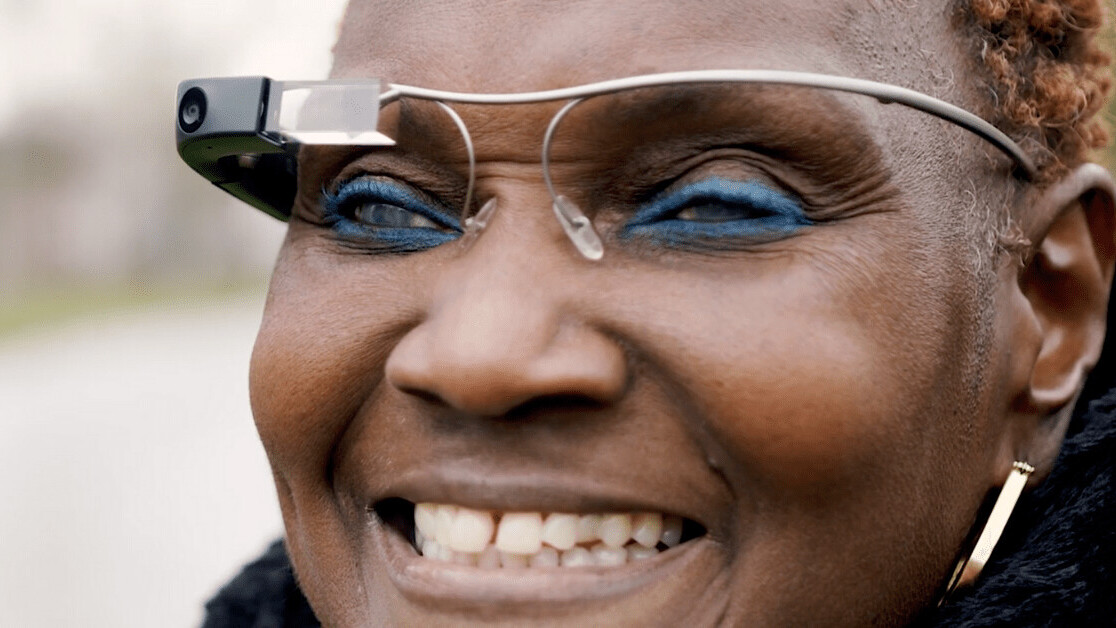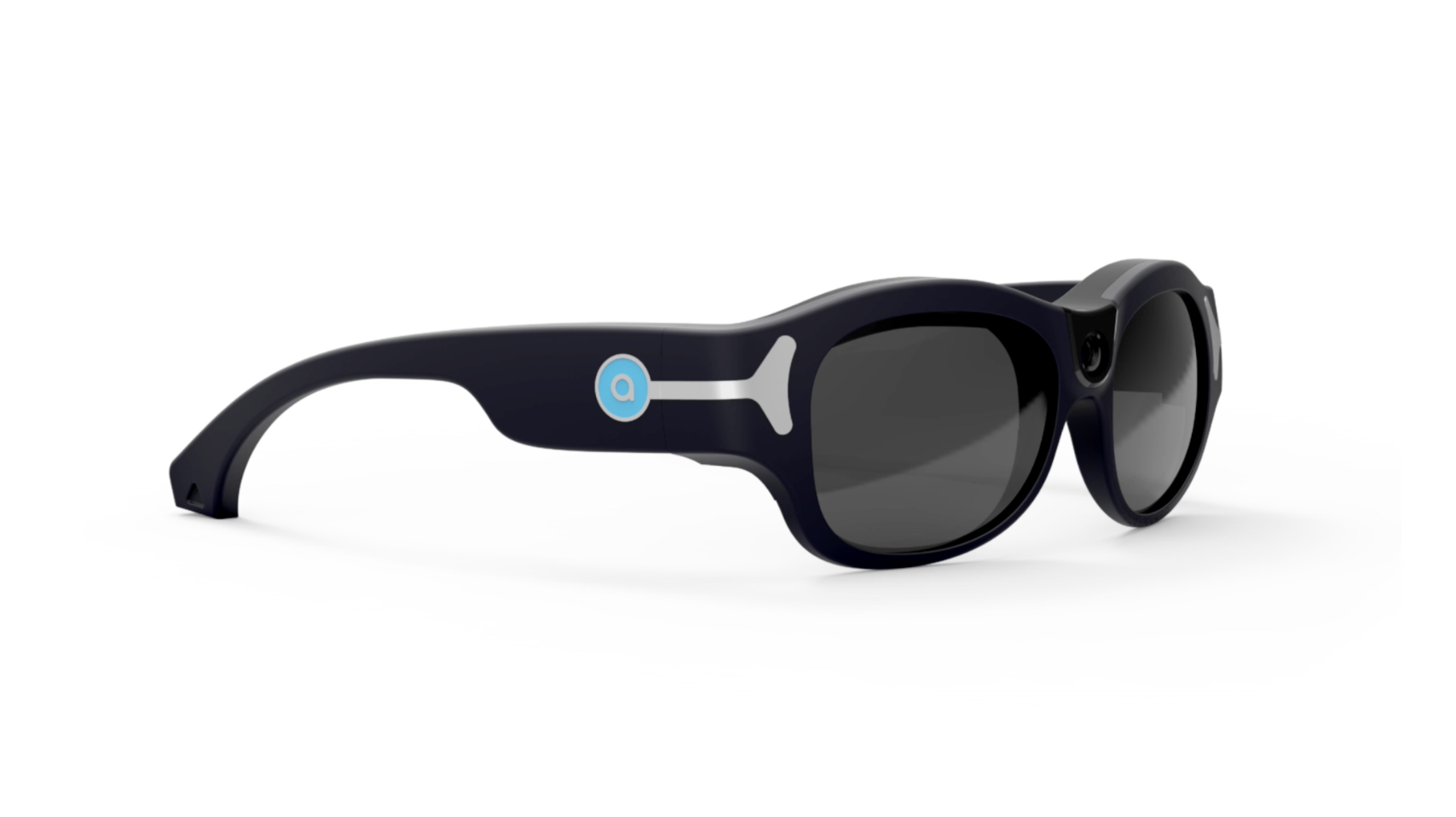Ingenious Solutions in Assistive Innovation for Visual Problems
The landscape of assistive modern technology for visual disability is evolving rapidly, providing a variety of cutting-edge services that enhance access and self-reliance. From advanced smart device applications that assist in navigating to wearable tools developed for real-time assistance, these tools are reshaping the experiences of those with visual problems. Moreover, the assimilation of smart home innovations and academic resources has the potential to foster higher area interaction. Nevertheless, the implications of these advancements raise critical questions regarding their accessibility and efficiency in diverse contexts, calling for a closer assessment of their broader effect.
Innovations in Smartphone Applications
In recent times, developments in mobile phone applications have substantially transformed the landscape of assistive innovation for people with visual impairments. These applications take advantage of the effective sensing units and capabilities of modern smart devices to offer users with devices that improve freedom and ease of access in their day-to-days live.
Significant amongst these innovations are applications developed for things recognition, which make use of the smart device's camera to determine products and give verbal summaries. Such functions empower customers to navigate their atmospheres better, whether recognizing products in stores or locating individual valuables at home. Furthermore, text-to-speech applications have boosted dramatically, allowing users to capture published message with their tool's video camera and obtain instant sound feedback, consequently helping with reading and comprehension.
Community-driven applications have actually promoted social communication and source sharing among people with aesthetic impairments, developing a supportive network that improves their top quality of life. Overall, smartphone applications have actually come to be important allies in promoting autonomy and ease of access for people with visual impairments.
Wearable Gadgets for Navigation
Wearable devices for navigation have become a groundbreaking solution for individuals with visual impairments, offering hands-free aid that boosts movement and orientation. These devices generally use innovative technologies, consisting of GPS, ultrasonic sensors, and man-made knowledge, to provide real-time comments and instructions to customers as they browse their setting.
One remarkable instance of wearable navigation innovation is clever glasses, which can discover obstacles and relay auditory or haptic responses to the wearer, enabling reliable and risk-free activity in different setups. Other gadgets, such as belts and vests geared up with sensing units, can in a similar way educate users of their environments by providing notifies regarding close-by objects or changes in surface.
Additionally, many wearable tools integrate with smart device applications, allowing individuals to customize their navigation preferences and receive tailored path pointers. This personalization can dramatically enhance the customer experience, empowering individuals to take a trip with greater self-confidence and freedom.
As technology remains to develop, the potential for wearable navigation gadgets to boost the quality of life for people with aesthetic problems stays significant, leading the method for even more obtainable and inclusive settings.
Smart Home Innovation Integration

Furthermore, wise home appliances furnished with responsive interfaces or acoustic comments give user-friendly communications that provide especially to the demands of those with visual disabilities. As an example, smart refrigerators can reveal their materials and expiration dates, while smart stoves can lead individuals via the food preparation process with audio instructions.
Home automation systems, such as smart doorbells and security cams, provide comfort by permitting customers to obtain informs and gain access to live feeds by means of their mobile devices, improving personal safety (AI-powered visual aids). Furthermore, combination with tablet computers and smart devices guarantees that users can handle their home setting from anywhere within their facilities
As clever home technology remains to evolve, it holds the prospective to transform the living experiences of people with aesthetic impairments, fostering self-reliance and improving lifestyle in a significantly linked world.

Educational Equipment and Resources
Access to efficient instructional devices and resources is vital for people with visual problems, as it encourages them to involve completely in their learning experiences. Different assistive technologies have been developed to enhance availability and foster independent knowing. Screen viewers, for example, transform text into speech, permitting trainees to gain access to electronic web content perfectly. AI-powered visual aids. In addition, refreshable braille screens give tactile feedback, making it easier for students to connect with written product.
Additionally, academic software application particularly designed for aesthetically impaired users supplies features such as high-contrast modes and customizable text dimensions. These devices fit varied knowing designs and ensure that pupils can tailor their educational experience to their demands.
Additionally, accessibility to audio books and virtual libraries expands the range of available learning materials, making it possible for trainees to explore subjects comprehensive without the limitations imposed by standard print resources. Joint platforms that include ease of access features likewise help with group jobs, making certain that aesthetically damaged trainees can contribute meaningfully along with their peers.
Area Support and Engagement
A robust network of community assistance and interaction is vital for individuals with visual disabilities, promoting a comprehensive atmosphere where they can thrive. Neighborhood companies, local campaigning for groups, and volunteers play a pivotal function in giving resources, information, and companionship, which are vital for improving the lifestyle for those affected by visual impairments.
Interaction that site tasks such as workshops, get-togethers, and support groups not only help with ability advancement yet also advertise social communication, reducing feelings of isolation. These efforts urge individuals to share experiences, difficulties, and successes, therefore reinforcing area bonds. Additionally, partnerships with regional businesses can bring about better ease of access in public spaces, better incorporating individuals with aesthetic problems right into the area.
Innovation additionally improves neighborhood interaction through on the internet systems that provide online support system and resources, permitting individuals to link no matter geographical obstacles. By utilizing both in-person and electronic solutions, neighborhoods can develop a detailed support network. Eventually, fostering collaboration amongst various stakeholders-- consisting of households, teachers, and medical care specialists-- makes certain that people with aesthetic impairments get the holistic assistance needed to navigate day-to-day live efficiently and with dignity.
Verdict
Innovative options in assistive innovation for visual problems dramatically enhance the lifestyle for people facing these challenges. The combination of mobile phone applications, wearable gadgets, clever home modern technology, and instructional tools cultivates greater freedom and accessibility. In addition, area support and engagement more empower visually impaired people, promoting inclusivity and involvement in various facets of life. Collectively, these developments not just transform day-to-day experiences however additionally lead the way for an extra fair society.
The landscape of assistive innovation for visual impairment is evolving rapidly, offering an array of innovative services that improve ease of access and independence. Community-driven applications have actually promoted social communication and resource sharing amongst people with visual problems, producing an encouraging network that improves their top quality of life. Generally, smart device applications Continued have actually ended up being essential allies in advertising autonomy and availability for individuals with aesthetic problems.
Lots of people with aesthetic impairments are locating better freedom via the combination of clever home modern technology.Cutting-edge options in assistive technology for visual problems substantially improve the top quality of life visit this website for people encountering these obstacles.